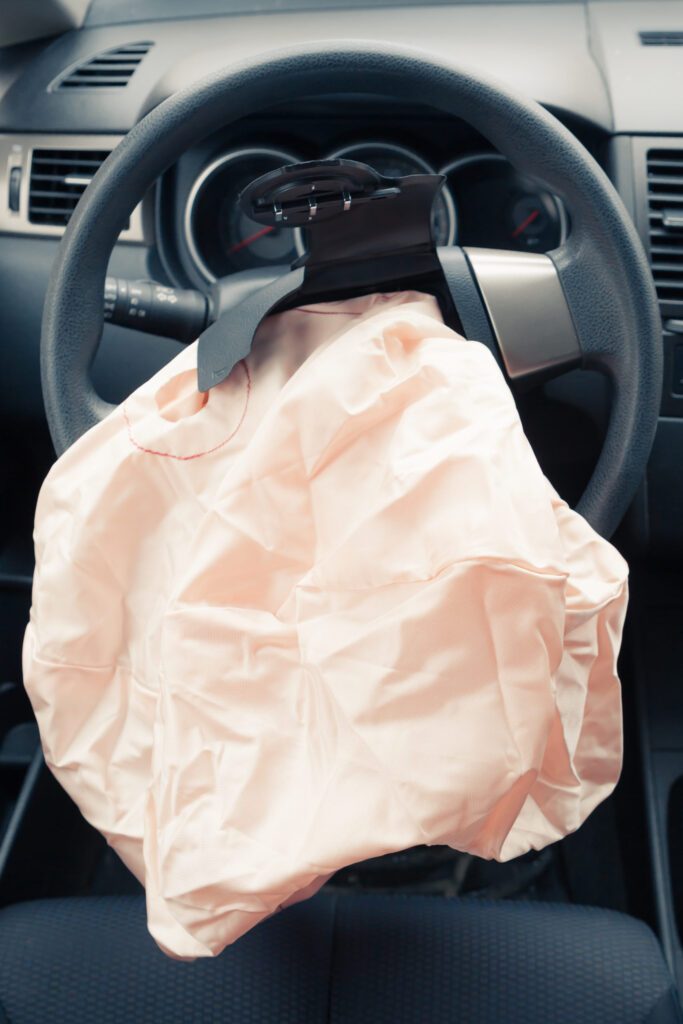
It’s a well-known fact that auto accidents are a leading cause of injuries and deaths in the United States – but did you know that is especially true for children? For kids ages 10-14, car accidents are the third leading cause of death, and the fourth leading cause for children between the ages of 5 and 9.
Automobile accidents are never easy, and can be especially difficult when children are involved.
Here Are A Few Tips To Help Keep Children Safer Inside Vehicles, In The Hopes Of Reducing The Number Of Child Injuries And Deaths From Car Accidents.
- Use rear-facing car seats for as long as possible. Infants and toddlers should be secured in rear-facing car seats until they have reached the appropriate height and weight recommended by car seat manufacturers. The American Academy of Pediatrics recommends children remain rear-facing for as long as possible. Once size limits have been reached, the safety seat can be swapped to forward facing. And once they are too large for a three-point harness, booster seats should still be used for as long as possible. A child’s age should not be a measurement for the type of safety seat they ride in.
- Ensure car seats are properly installed. Car seats differ by brand and style, and every manufacturer has a different method of installation. It’s very important that users follow the instructions closely for proper installation, as a simple mishap when locking in a car seat could make a huge difference.
- Children 12 and under should sit in the back seat. The safest place to ride in a vehicle is in the backseat, and this is especially true with younger children. All kids under the age of 13 should ride in the backseat – and maybe even older teens for extra caution. Not only are crashes themselves dangerous for child passengers, but air bags from the front seat can be dangerous to smaller bodies as well. Impact is very forceful, so keeping children from this risk is important.
- Understand potential child injuries. Because children are smaller than adults, their injuries sometimes differ from adult injuries. Head trauma is one of the most common types of injuries sustained by children in auto accidents. Chest and rib injuries can also be more dangerous for children. Because their bodies are smaller than adults, there is less room between organs and arteries. For instance, if a child broke a rib in an accident it could easily puncture a lung or large artery, causing internal bleeding. Something as seemingly minor as whiplash can be serious for children if left untreated. Kids can experience whiplash in accidents that occur at lower speeds, so it’s important to be on the lookout for these types of injuries.
Children are more at risk for injuries in car accidents than adults. Their bodies are smaller, not fully developed, and more fragile. It’s our job as adults and caregivers to use extra precaution when driving with child passengers. Let’s all do our part and keep these tips in mind, in an effort to reduce make our roadways safer.









